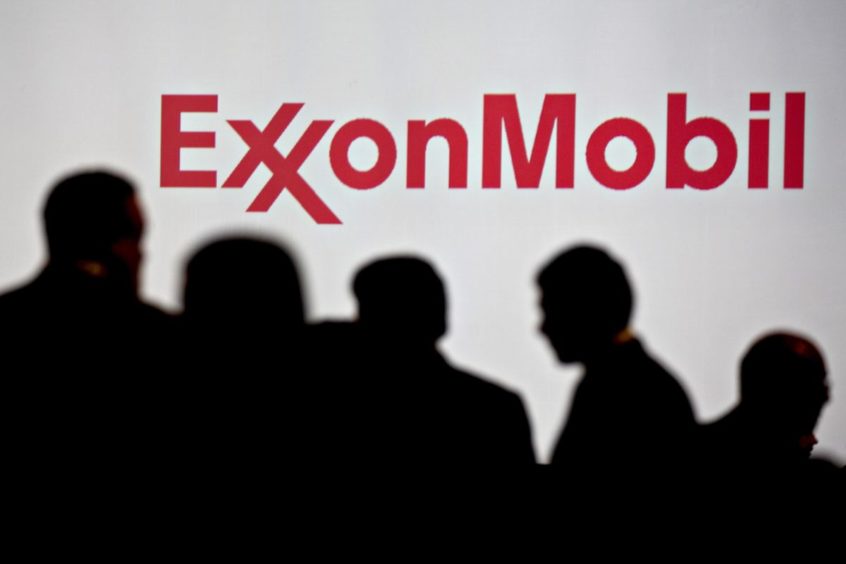
Australia is on the verge of its largest-ever wave of decommissioning as offshore development wells reach the end of their producing life. This is both adding headaches for producers and creating a multi-billion dollar opportunity for plugging and abandonment (P&A) suppliers.
All the big upstream players in Australia, particularly ExxonMobil, BHP, Woodside and Santos, will be seeking to increasingly decommission wells.
A Rystad Energy report shows that the number of wells requiring P&A will jump from 160 today to more than 440 by 2026, with a further 172 offshore exploration wells waiting in the queue.
The Australian decommissioning market may exceed a total of $40 billion due to the country’s sizeable offshore P&A liabilities and its non-producing onshore assets, reported Rystan, an energy consultancy. That figure could even double, depending on how many decommissioning projects materialise.
“Recent developments have made it more difficult for operators to sidestep decommissioning obligations by selling ageing assets, as the market appetite for such assets is drying up. Many producers will have to deal with the issue in coming years, with ExxonMobil having the lion’s share of liabilities in Australia,” said Jimmy Zeng, senior analyst at Rystad Energy’s upstream team.
While development wells make up the bulk of the total requiring P&A, exploration wells are also in need of P&A to a lesser extent, even though Rystad does not expect strong exploration growth in Australia in coming years.
Rystad estimates 890 offshore development wells in total were drilled in Australia before 2015, of which 108 have been permanently abandoned. Of the 782 wells not yet abandoned, Rystad have identified a group of wells that they consider good candidates for P&A activity in the years ahead. They define a well as a collection of one or more wellbores with the same top-hole location.
Filtering out wells that are more likely to be identified for upcoming P&A, Rystad ends up with 440 wells that are P&A candidates, the majority of which are in the Gippsland Basin.
The dominance of the Gippsland basin is to be expected given the legacy of offshore development in the region, driven by ExxonMobil and BHP’s Gippsland Basin Joint Venture (GBJV). The area has been a key source of domestic gas supplies going back to 1964, and output is expected to go into long-term decline over the next decade.
Within the Gippsland group, most wells are located on fixed platform facilities, while in other basins the distribution of facility types is more mixed. New resource developments in the Gippsland Basin are becoming more capital intensive, but the outlook for P&A opportunities in the area should prove attractive to service suppliers.
In the North Carnarvon Basin group, Rystad sees an age distribution that shows non-producing wells are relatively “younger” than those in the Gippsland, with the majority being no more than 20 years old. Even so, various measures intended to ensure operators fully decommission facilities and wells are likely to provide a tailwind for service suppliers seeking P&A mandates in the North Carnarvon basin as well – spurred by the industry controversy over Northern Oil & Gas’s inability to fund its decommissioning of the Northern Endeavour FPSO and associated wells.
Given its large legacy position in the Gippsland, it is no surprise that ExxonMobil leads the way in its decommissioning liabilities, with a rapid increase in the number of wells likely to cease production over the next five years. While this is indubitably a high-cost endeavour, Rystad notes that most of these wells are platform-based, where per-well abandonment costs are likely to be significantly lower than for subsea wells. Furthermore, regulatory pressure on ExxonMobil to decommission these wells has increased significantly lately.
Outside of ExxonMobil’s high well burden, operators Santos, Woodside, BHP and Vermillion Energy will also experience growing decommissioning obligations in the next five years, measured by the increase in wells within Rystad’s “potential for P&A” grouping. Woodside and BHP have mostly subsea wells in this category, which could mean their decommissioning bills will be higher on a per-well basis. Woodside recently communicated its intention of start abandonment of up to 18 subsea wells on the Enfield field from 2022 to 2024.
More than A$50 billion ($40.5 billion) of necessary decommissioning work needs to be carried out on Australia’s offshore oil and gas infrastructure, over half of which must be started within the next ten years, as Energy Voice reported earlier this year.
